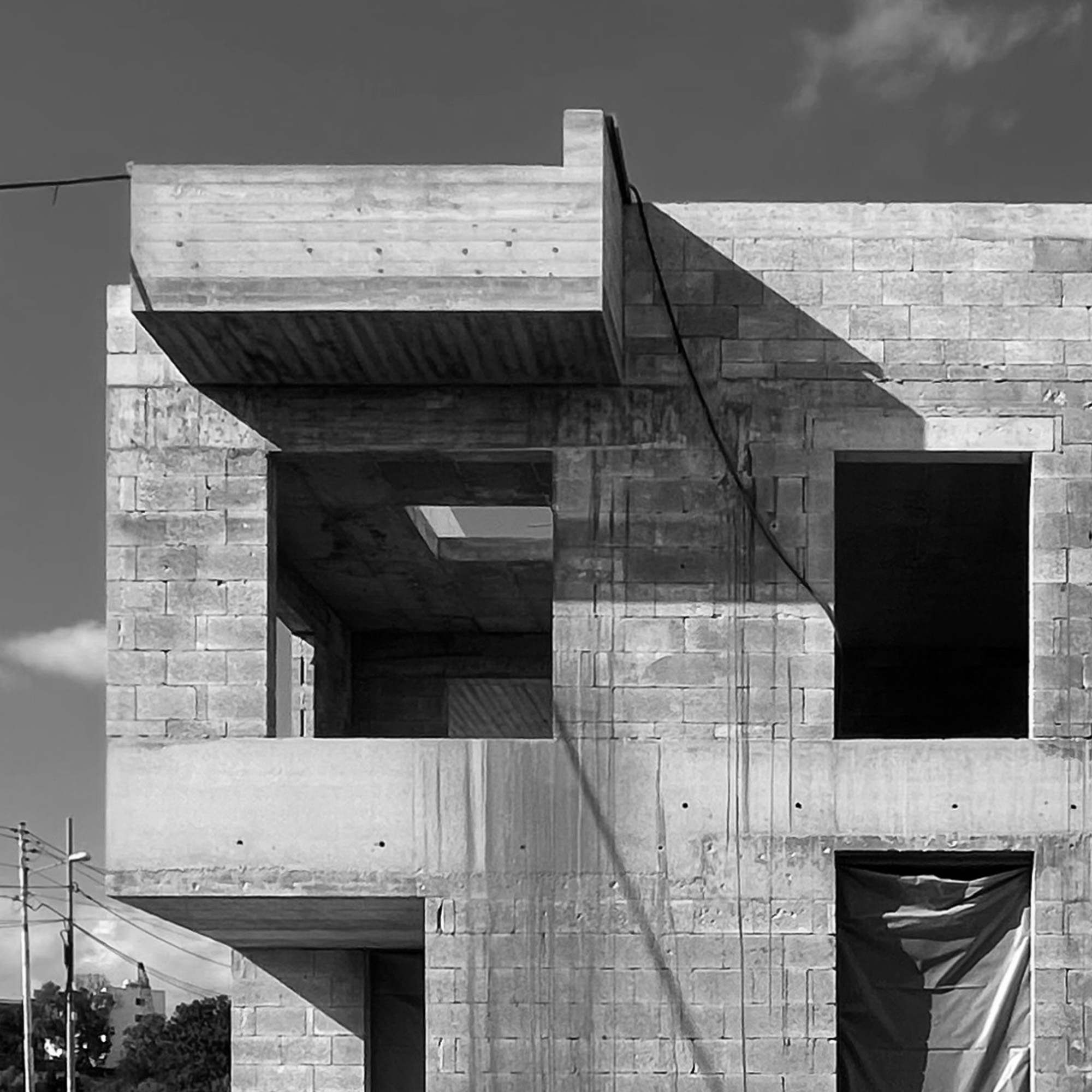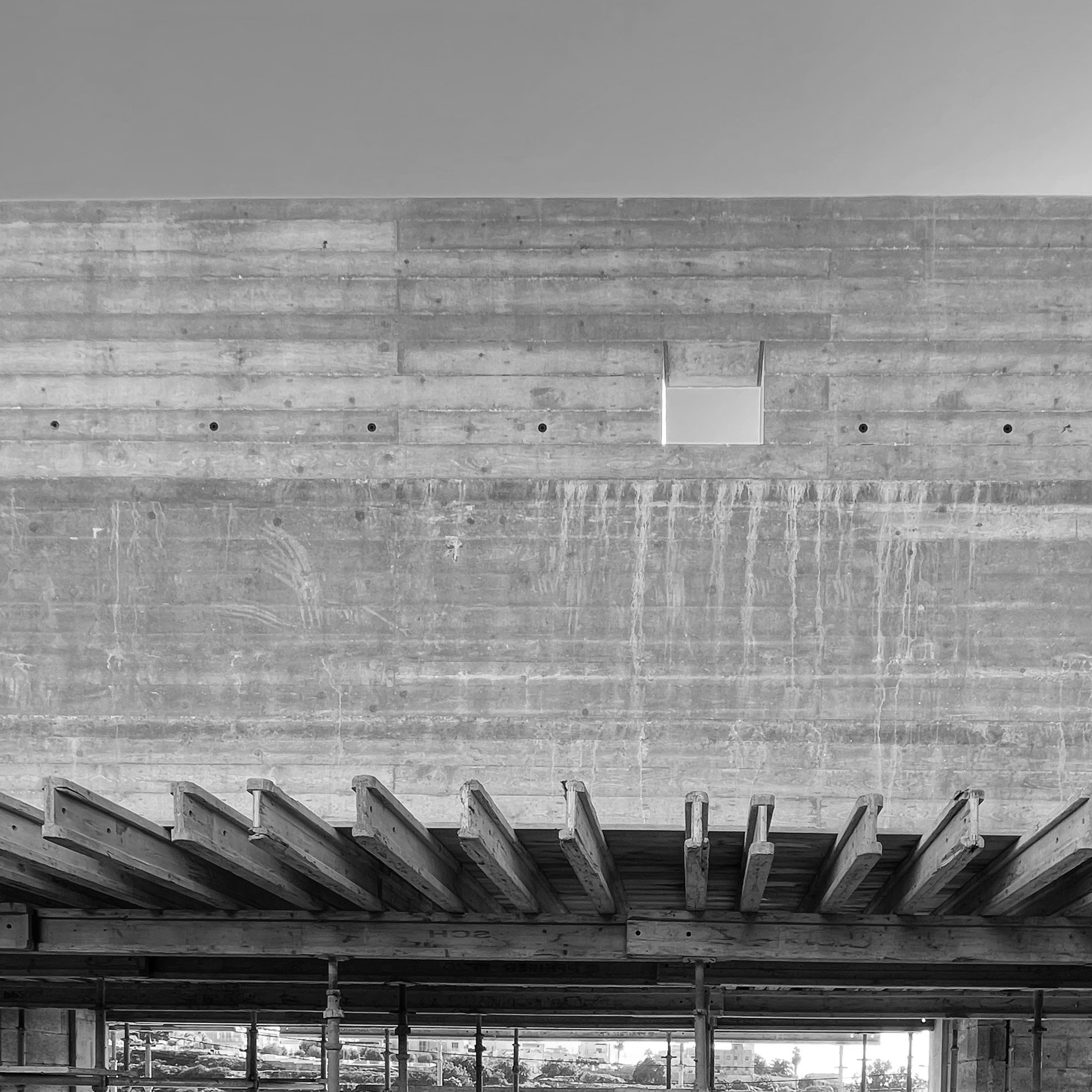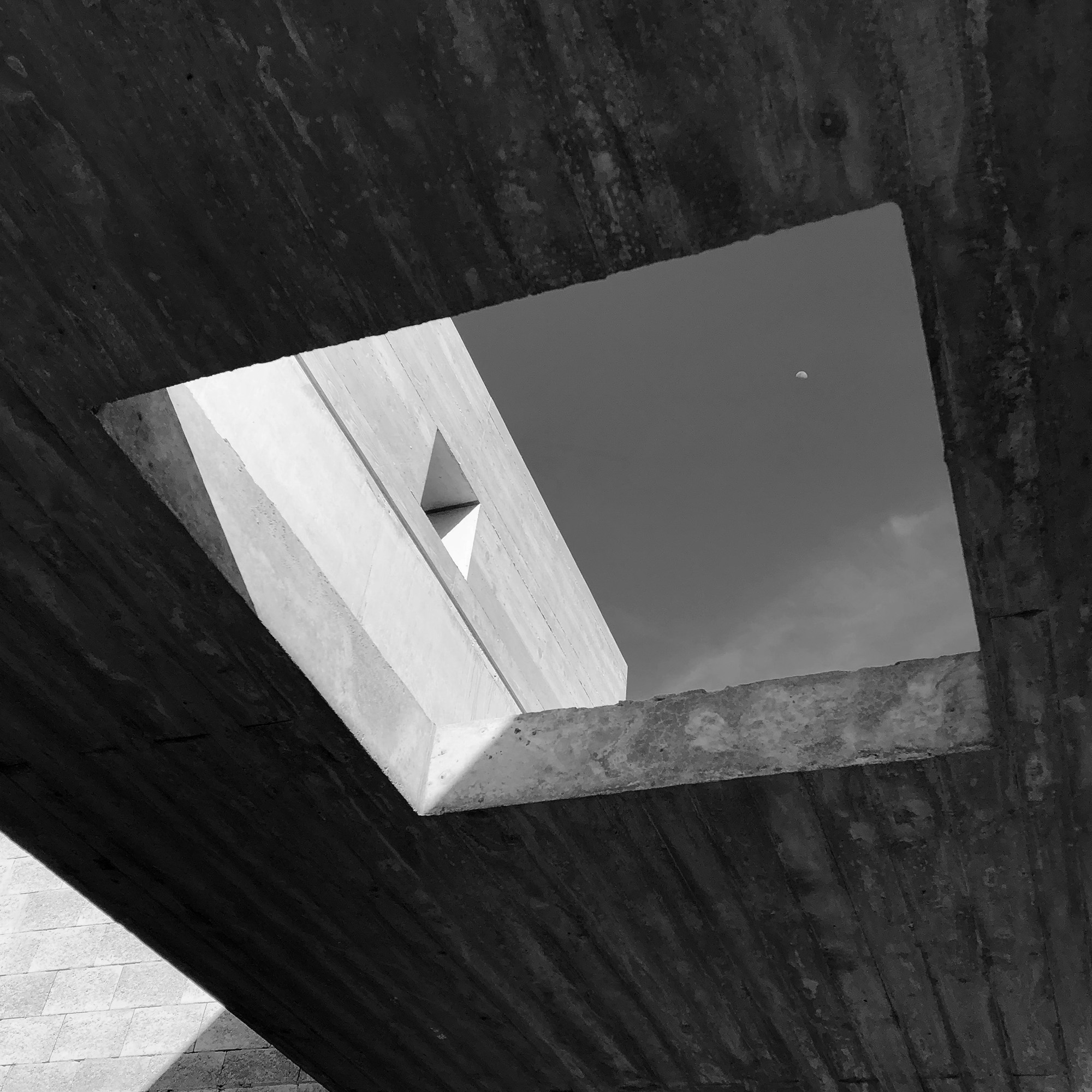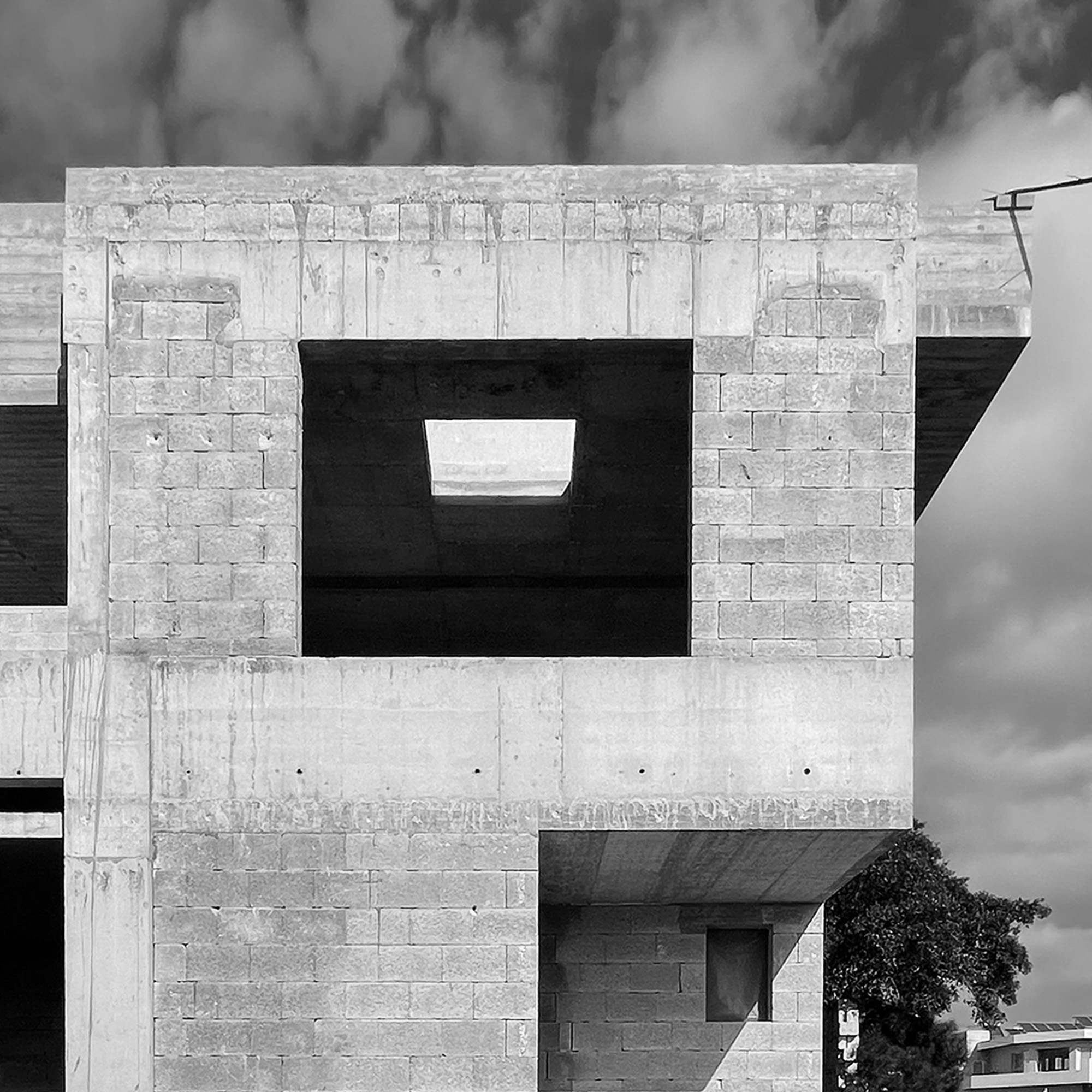Jean Ebejer, Architect at Valentino Architects, questions whether we have lost our vocabulary around the description of buildings and environments. Positioning architecture as the most honest and transparent product of society, he explores its capacity to define beauty and ugliness in absolute terms, contrasted against the subjectivity of taste.
Ugliness and Denial
As citizen critics, we’ve lost our ability or willingness to call buildings ugly. Words like ‘cool’, ‘quirky’, ‘different’ have become misnomers for bad buildings. Students are taught that architecture is a product of the society within which it is conceived. If that idea still stands, casting our built environment as overwhelmingly ugly paints a damning picture of the collective self. So we swap out ‘ugliness’ for kinder descriptions as a defence mechanism. The inability to call a building by its ugly name allows us to live in denial, distancing ourselves from what it says about our collective spirit.
Taste Relativism
At dinner recently, a friend from outside the architectural profession rejected the idea of a national avoidance of the ‘ugly’ label. Instead, they boiled the argument down to taste. This opened up another debate: what is taste? Is good taste inherent, something you are born into? Or is it cultural – are we educated into having good taste? If the latter, surely taste is another precarious mirror of cultural identity, offering a transcript of the inequity in our national education and visual literacy. But this is only true if you believe taste is relative – which I’m not convinced of yet.
The Universality of Beauty
This flexible understanding of taste is similar to how we define beauty. Beauty can be said to be lifted from objects, processed and perceived by the individual, and therefore subjective. It contrasts with the ‘sublime’, which is objective and inarguable. But there is long-standing consensus that parts of what makes up the definition of beauty are universal and permanent – like proportion and balance. So what’s stopping all architects from channelling the universality of those traits into their buildings? Is it a defiant act of re-definition? Or is it a lack of confidence over how to translate beauty into built form?
Corrupting Beauty
The pursuit of beauty is often interrupted. In the process of making buildings, the architect may become corrupted by variant ambitions. These could be as savoury as the ambition to meet a housing demand or an emulation of function; but there are also ambitions of profit and speed. This hierarchy of ambitions links back to ‘ugliness’, which is ultimately defined according to what priority is placed at the top.
Longevity
Our national schizophrenia around ugliness and beauty could be a result of many things. It could reflect the balance sheet of our morality, it could reflect a lack of leadership, and it could also reflect a simple lack of knowledge or exposure. But beauty must be brought back to the top of our priority list as architects not purely for reasons of aesthetics, but because beautiful things last – people take better care of them. Ugliness is
not only damaging to the spirit, it is damaging to the fabric of our environment. It promotes destruction and replacement as a corrosive continuing cycle. For this reason, we need to get comfortable with the vocabulary of ugliness, to call things out when they need to be, and to make a return to beauty.




